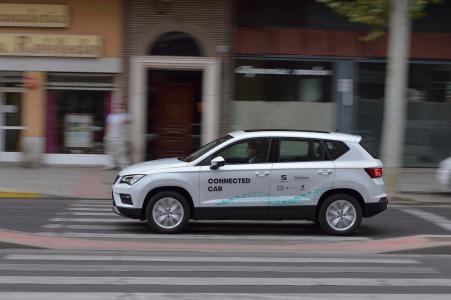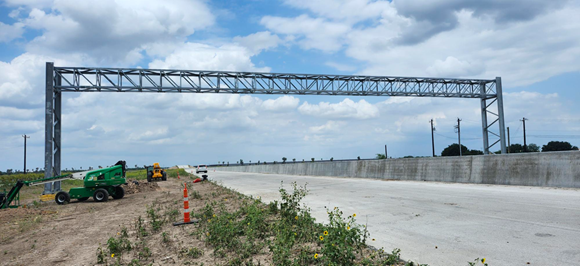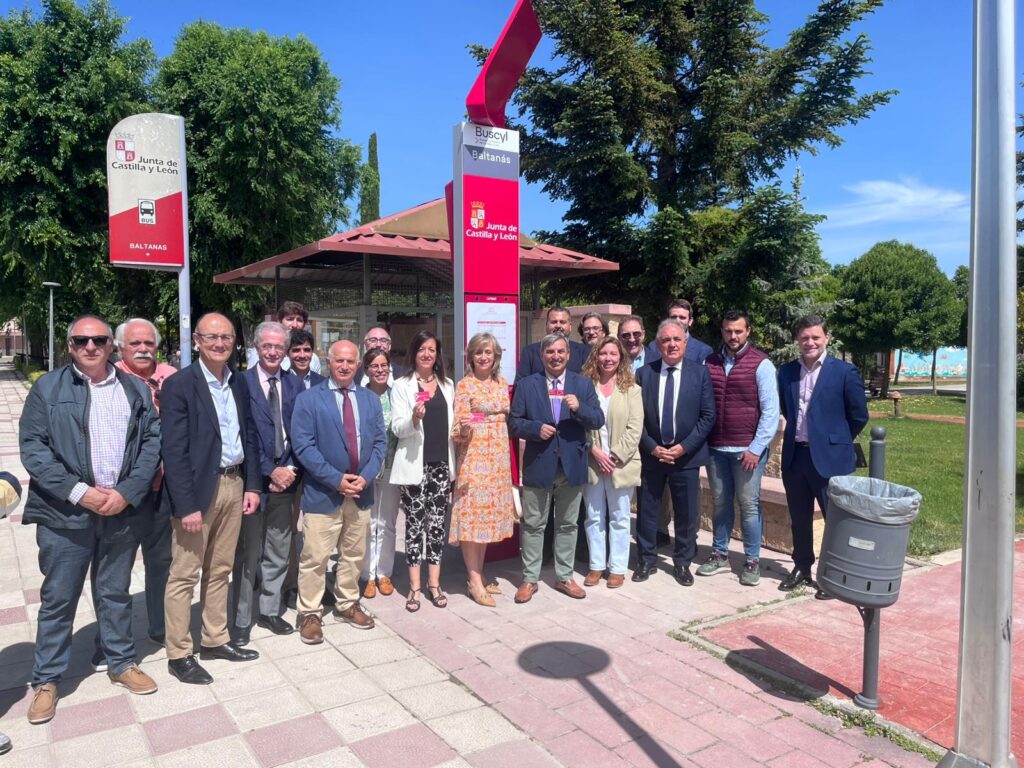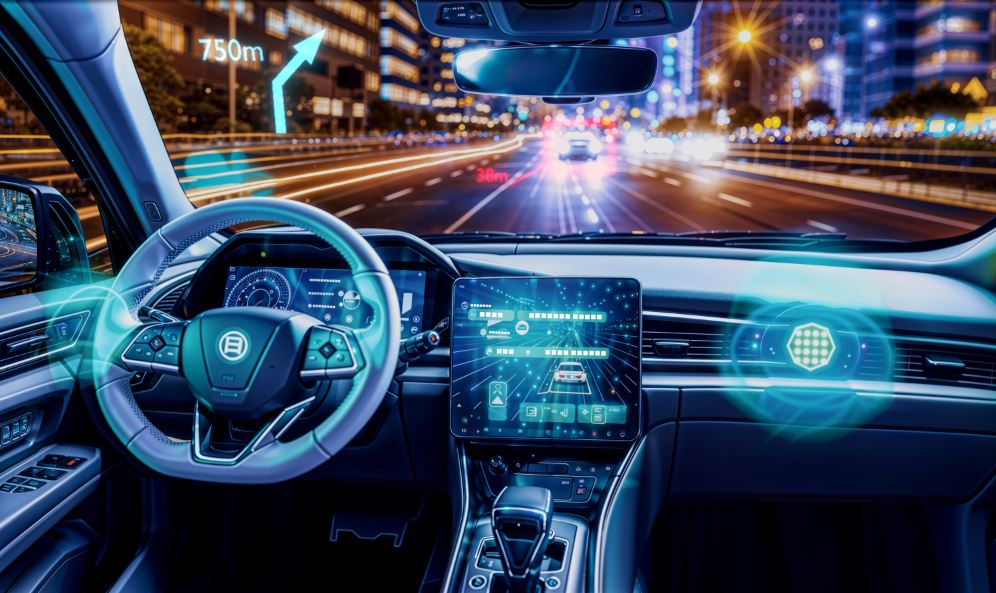SICE, manufacturer and supplier of the road infrastructure, collaborated to provide connectivity to the selected traffic crossing by incorporating the IoT communications module to the traffic controller, as well as supplying the required detection sensors.
On July 10, SICE, with SEAT and Telefónica, presented the first real use case of driving assisted by communication with the road infrastructure through the mobile network via the C-V2X protocol in Castile-La Mancha.
The presentation took place in the city of Talavera de la Reina, where the Mayor of the city, Mr. Jaime Ramos and the Director General of Telecommunications and New Technologies, Mr. Alipio García Rodríguez, were present.
For this experience, both the vehicle and the road infrastructure were equipped with the technology that allows them to exchange information, as a first step towards V2X vehicular communications on mobile networks in a real urban environment.
SEAT provided the vehicle that was used: a modern Ateca model equipped with the latest connectivity technology and modified to be able to warn the driver using the dashboard. On the other hand, the initiative also enjoyed the collaboration of FICOSA, which manufactured the vehicle’s onboard C-V2X communications device. And Ericsson, which is responsible for the roll-out of the distributed core network.
As the network evolves and the latencies are lower, the use cases will advance towards cooperative driving and autonomous driving.

SICE, manufacturer and supplier of theroad infrastructure, collaborated to provide connectivity to the selected traffic crossing by incorporating the IoT communications module to the traffic controller, as well as supplying the required detection sensors.
Specifically, the two use cases of assisted driving that were shown at Talavera de la Reina were:
- warning to the vehicle that there is a pedestrian crossing at a zebra crossing on a blind curve on the right. If, moreover, the driver shows his/her intention to turn by activating the right turn indicator, the vehicle shows a pedestrian crossing warning on the dashboard.
- warning to the vehicle that the traffic lights in its path are imminently going to change to red. It is the vehicle that decides, according to its location, velocity and path, whether it has time to pass through the traffic lights. If not, it displays a warning message on the car’s dashboard so the driver can perform a controlled braking maneuver.
Both use cases are based on the standardized protocol C-V2X, which allows for vehicular communications making use of the existing mobile infrastructure. This demonstrates the potential of combining the C-V2X protocol with information collected by sensors (pedestrian detection sensors and traffic control electronics themselves) to provide information about the vehicle’s surroundings, and to improve safety on roads.
This is the second real case of Assisted Drive in which SICE has collaborated. Last July, the first real demonstration was carried out in the city of Segovia, which demonstrates the potential of this type of system and I2V connectivity in the Smart Cities environment, and specifically in the area of Smart Mobility solutions.





